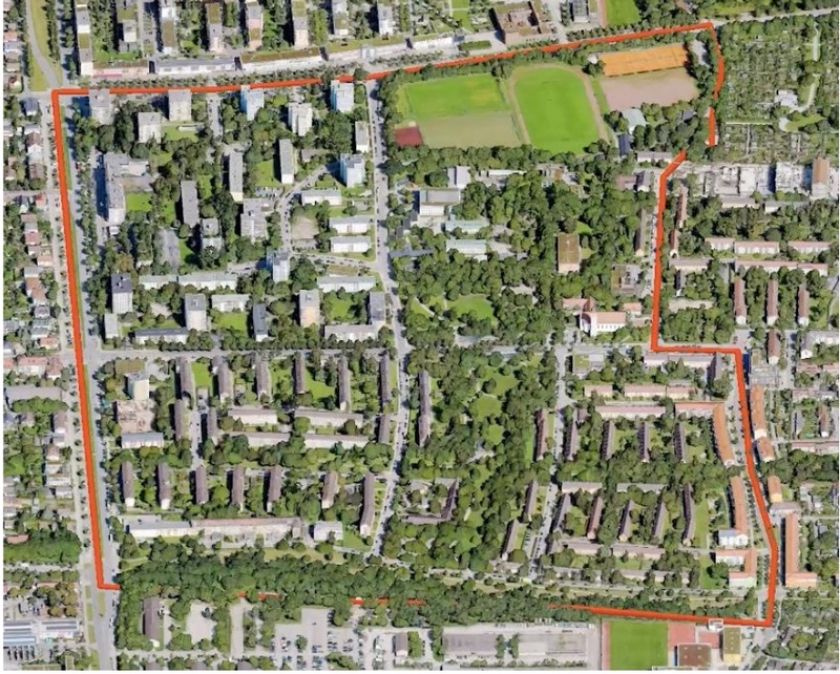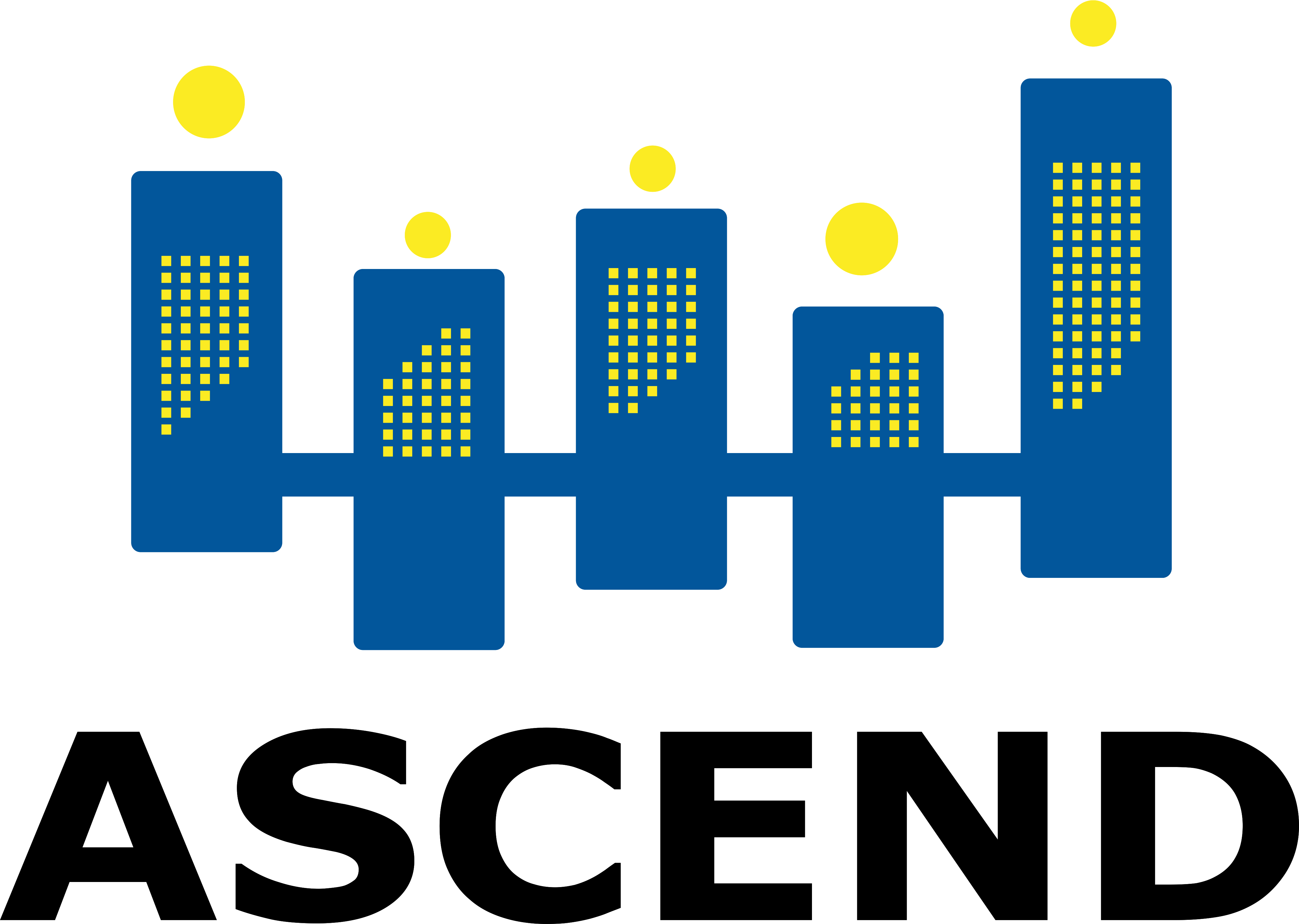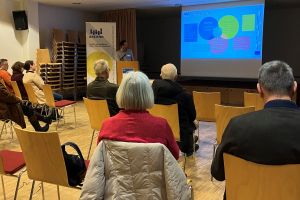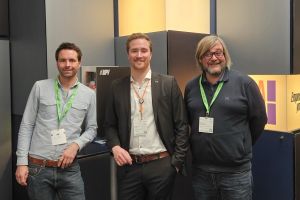
Harthof
in Munich spans across 56 hectares and is home to 6000 individuals. Primarily a residential area, it consists of 126 residential buildings, housing around 3,300 residential units and offering a total floor space of 206,000 square meters. The district includes amenities such as schools, kindergartens, and a few small businesses, while major industrial activities are absent.
(Picture credit: Project District Munich Harthof – © Digital Twin Munich - Geodata Service Munich)
The majority of housing units within Harthof are rental apartments owned by partner GWG. These units were constructed between the 1940s and 1970s and have low energy efficiency standards. Heating in the district primarily relies on oil and gas, with only a small-scale installation for renewable energy sources. Furthermore, there is currently no provision for shared clean mobility services within the district.
The project aims to transform Harthof into a clean, CO2-neutral positive energy district. The city's ambition is to scale this transformation to 100 structurally similar districts in Munich by 2035, covering more than 43% of the city and providing a large share of the population with a CO2-neutral, healthier environment.

City Alliance
It encompasses a small village (Kirchheim, population 10,000), the mid-size city of Augsburg (population less than 300,000 inhabitants) and the Munich Metropolitan Region, covering 33 counties and cities with 6,2M residents. Cooperation with the German National Smart Cities program is targeted as well.
For more information, please visit an official governmental website.









